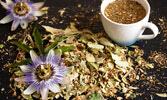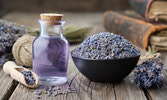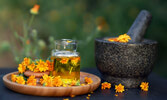More than a flower bouquet: healing properties of your favourite flowers and plants
Your garden is not only a place for beauty or the harvest of your next meal, it can also become your most effective healing ally. Discover all the benefits you can get from the following flowers and plants! Mother Nature knows better than anyone about treating common physical ailments from sunburn to pain relief.
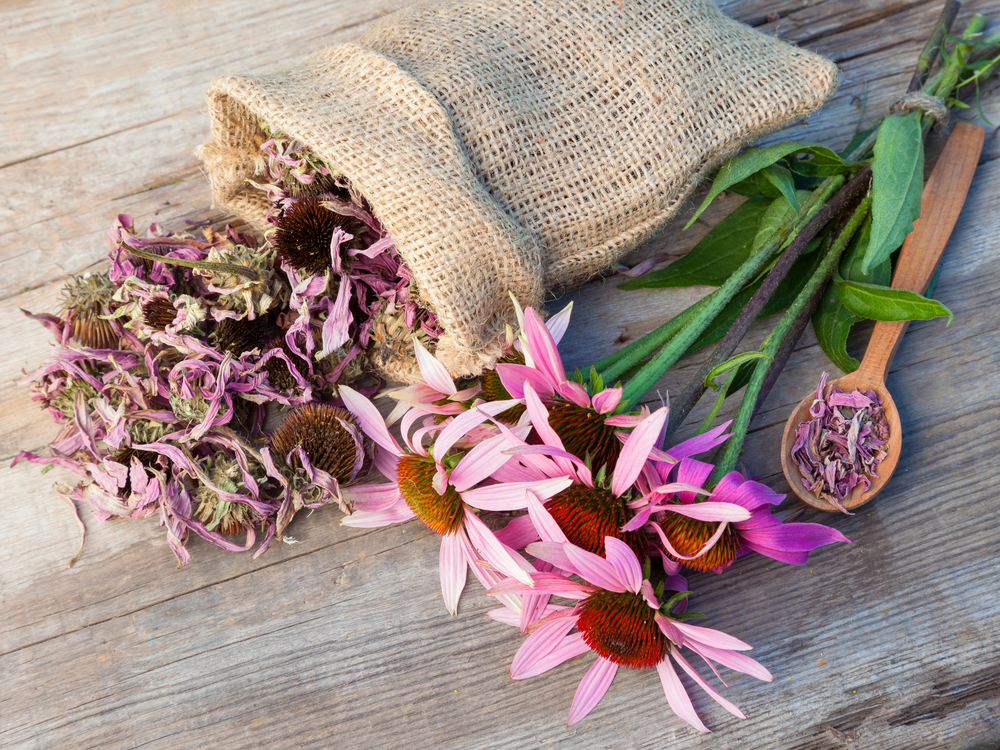
Echinacea
Echinacea Purpurea
Echinacea is not only a dainty flower with pink petals and a brown or purple cone that add femininity to any bouquet but also a great source against catching a cold. The roots of your echinacea can help you to reduce inflammation, boost your immune system, and as previously mentioned help with a common cold. Echinacea is unique to North America. Alberta is one of the preferable places for this flower to grow, making it an amazing flower for any sustainable and responsible local florist in Edmonton. It is also a great candidate for any garden because it is easy to care for, plus when it blooms, echinacea attracts and feeds many bees in your garden.
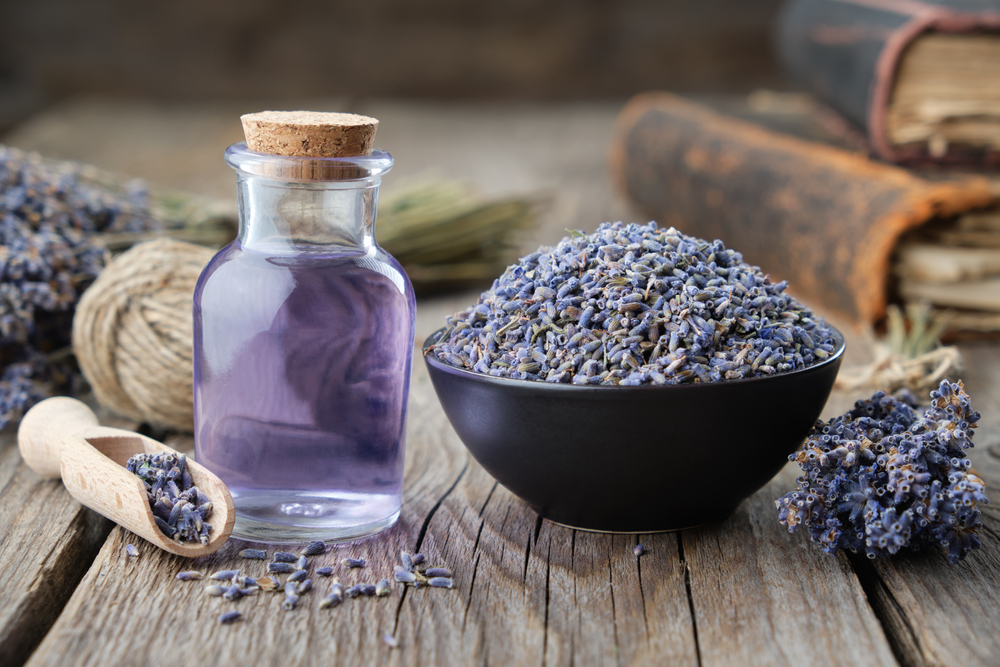
Lavender
Lavandula Angustifolia
Lavender is also known in the herb garden community as "the queen of herbs”. It is a delightful and fragrant flower used all over the world to reduce anxiety, help with relaxation, and induce sleep. The flower can be harvested and dried for teas, baths, essential oils, decoration, and more! Lavender is easy to grow or buy and is quite resistant to pests, while the scent acts as a magnet for bees and butterflies. Generally associated with the fields of Provence, lavender is native to the Mediterranean. Gardeners found the Hidcote and Munstead varieties to be the most fragrant of all.
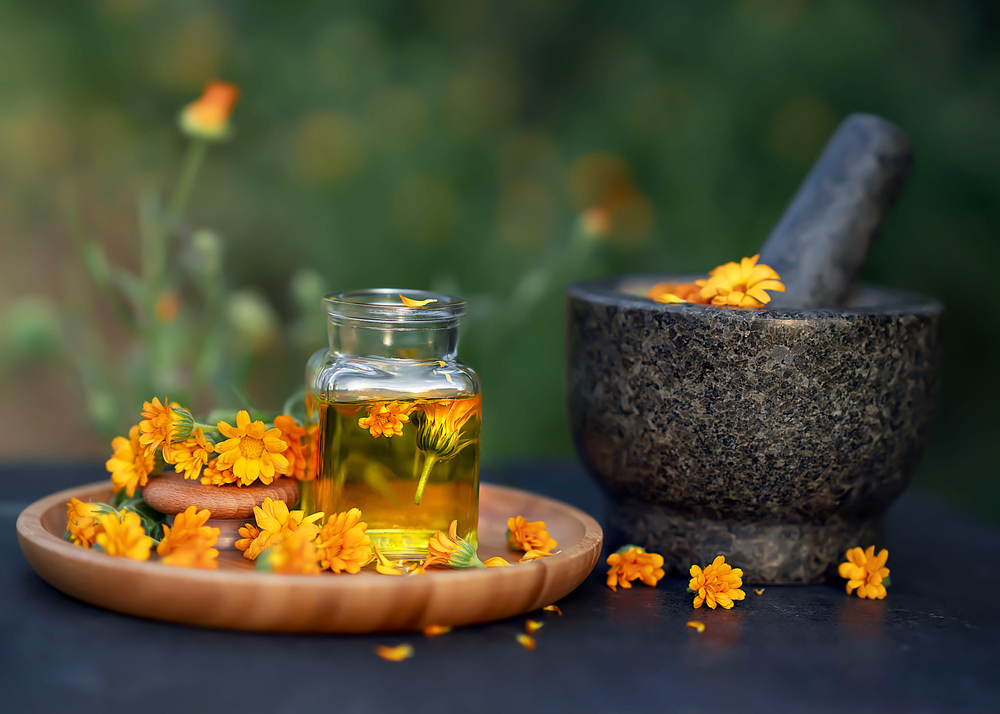
Calendula
Calendula Officinalis
Calendula or the “pot marigold” is a colourful flower with bright yellow or orange petals that are extremely appreciated due to its multiple properties for healing and cooking. As the previous flowers, calendula is easy to grow, the head of the flower is harvested and dried for multiple purposes, while the full stem is used for bright fun bouquets. Calendula healing properties treat infections and swelling in the mouth and throat. Also, when calendula is used as a topical treatment it helps reduce inflammation in wounds and rashes. Furthermore, if you're looking to add a fancy touch to your next meal, calendula is the way to go because the petals are commonly used to infuse cheeses and butter with beautiful yellow colouring. When calendulas are harvested for other recipes such as soups, stews or salads, the petals add a special touch of flavour due to their resemblance to saffron.
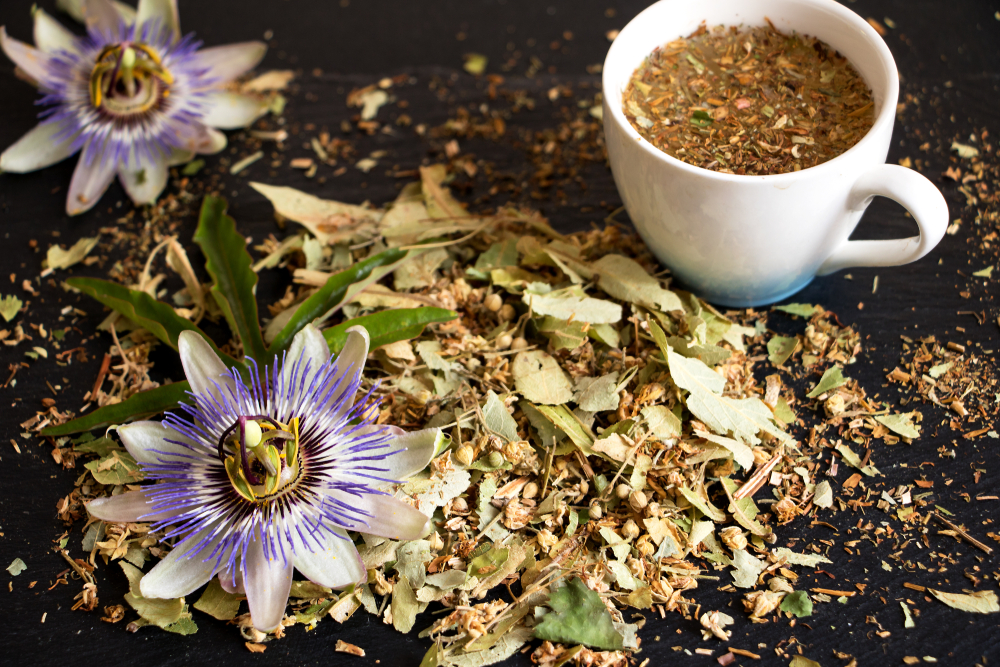
Passionflower
Passiflora incarnata
If you are looking for a flower that tackles multiple ailments, you should definitely consider this native flower of subtropical South America for your garden. Some species can be found in Asia and the Polynesian islands. It can be found in the form of teas, extracts, capsules, and as a topical remedy. Passionflower is used for pain relief, sedation, sleeping problems, relieving cramps, and even for headaches. When applied as a topical remedy as to a cream or balm, it helps with burns and hemorrhoids. Additionally, passionflower is often touted as helping heart rhythm problems, attention deficit hyperactivity disorder (also known as ADHD), and menopausal symptoms.
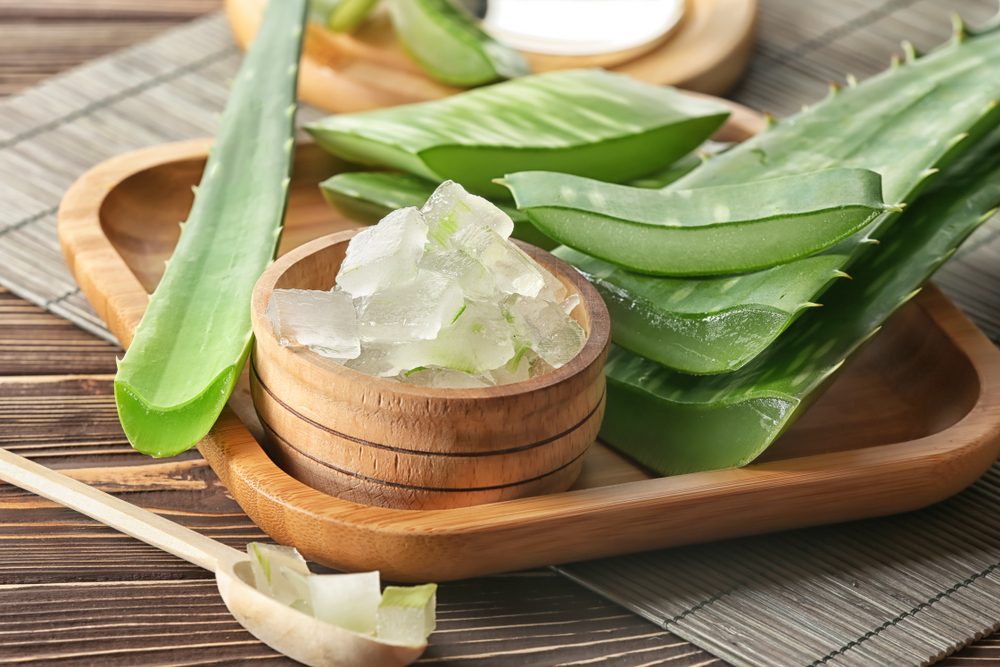
Aloe Vera
Aloe barbadensis miller
Aloe vera is the most popular succulent plant known for its many benefits and healing properties. Usually, people harvest the gel by cutting a large, fully grown leaf with a sharp knife, and then squeezing the gel out for sunburns or minor wounds. However, aloe vera can be used to relieve multiple conditions thanks to its anti-inflammatory and moisturizing properties, such as eczema, dry skin and even insect bites. In addition, when harvested for human consumption, aloe vera is a great superfood that helps with constipation, promotes good gut bacteria, and combats gastroesophageal reflux disease (GERD) discomfort.

